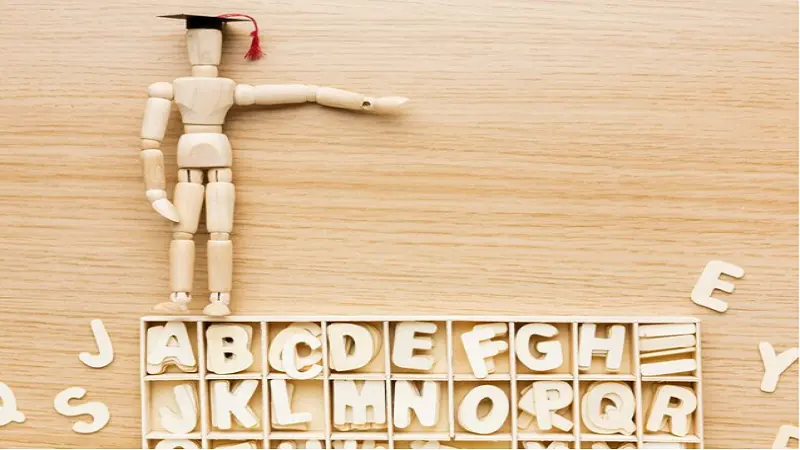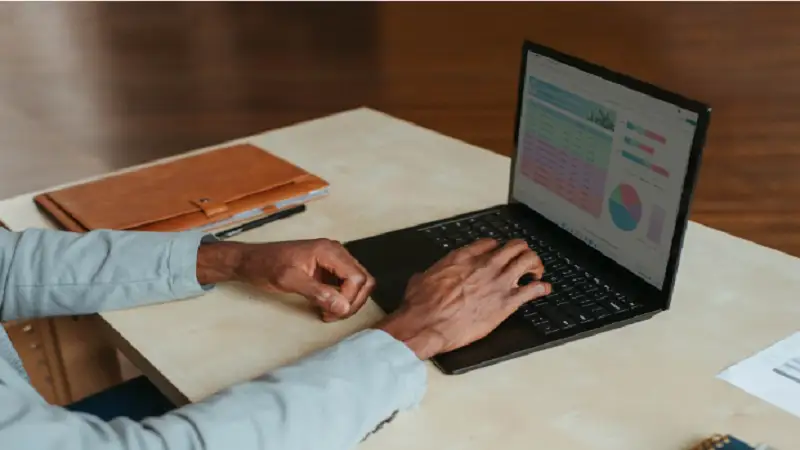In the realm of puzzles and word games, few challenges rival the allure and prestige of the New York Times crossword. Known for its clever clues and intricate grids, the NYT crossword has become a cultural icon, enticing solvers of all ages and backgrounds. At the heart of this crossword phenomenon lies a unique language unto itself — crossword lingo nyt crossword — a blend of terms, techniques, and strategies that aficionados use to conquer even the most daunting puzzles.
Unveiling the Language of Crossword Enthusiasts
To delve into the intricacies of crossword lingo is to uncover a lexicon rich in history and nuance. From “pencil in” (tentatively enter an answer) to “rebus” (a puzzle element where multiple letters or symbols occupy a single square), each term carries a specific meaning essential for navigating lingo nyt crossword lingo nyt crossword grid.
- Across and Down: Fundamental directions in crossword-solving, indicating whether an answer runs horizontally or vertically.
- Fill: Refers to the actual answers entered into the grid, often classified as “good fill” (crisp, interesting answers) or “crosswordese” (commonly used crossword words).
- Theme: The overarching concept or pattern that ties together the puzzle’s longest answers, often clued with an asterisk to signify its special status.
Mastering the Art of Crossword Puzzling
Solving a NYT crossword requires more than just a vast vocabulary. It demands familiarity with specific solving techniques honed over decades by dedicated enthusiasts:
- Crosswordese: Commonly used words in crosswords, such as “eta,” “oner,” or “oreo,” that may not be part of everyday conversation but frequently appear due to their letter combinations.
- Abbreviations and Acronyms: Shortened forms like “p.m.” for afternoon or “CEO” for Chief Executive Officer that abbreviate common phrases or titles.
- Clue Types: From straightforward definitions (“Direct Clue”) to cryptic wordplay (“Anagram”), a crossword clue can test a solver’s ability to think both literally and laterally.
The NYT Crossword: A Cultural Phenomenon
Since its debut in 1942, the New York Times crossword has evolved into more than just a puzzle; it’s a cultural touchstone embedded in American society. Its editor, Will Shortz, has elevated crossword-solving to an art form, infusing puzzles with wit, cleverness, and occasional pop culture references.
Evolution of Crossword Lingo
Over the years, crossword lingo nyt crossword has evolved alongside changes in language usage and puzzle construction. What began as a hobby for a niche audience has blossomed into a global phenomenon, with online communities dissecting each day’s puzzle and sharing solving strategies.
The Rise of Digital Solving
With the advent of digital platforms, solving the NYT crossword has never been more accessible. Apps like the official New York Times Crossword app offer puzzles at various difficulty levels, from Monday (easiest) to Saturday (hardest), allowing solvers to tackle grids on their smartphones or tablets.
Tips and Tricks from Seasoned Solvers
- Start with the Easy Clues: Begin by solving the clues you know immediately. This builds confidence and fills in the grid’s easier sections.
- Use Crossword Tools Sparingly: While apps and websites can help when you’re stuck, relying too heavily on them can hinder your puzzle-solving skills.
- Stay Updated: Crossword lingo nyt crossword evolves, so staying current with the latest puzzle trends and techniques can sharpen your problem-solving abilities.
The Language of Success: Becoming a Crossword Champion
For those aiming to become proficient solvers or even competitors in crossword tournaments, mastering crossword lingo nyt crossword is essential. Techniques such as “crosswordese recognition” (identifying common crossword words) and “crossword grid analysis” (strategically placing answers) can significantly improve solving speed and accuracy.
Crossword Puzzles as Mental Gymnastics
Beyond entertainment, crossword puzzles offer cognitive benefits, stimulating memory, vocabulary, and problem-solving skills. Research suggests that regular crossword-solving can even help delay mental decline in older adults.
Conclusion:
In essence, the NYT crossword and its intricate lingo encapsulate the thrill of mental acrobatics, offering solvers a journey through language, logic, and culture. Whether you’re a novice or a seasoned solver, understanding crossword lingo opens doors to a world where every square filled represents a triumph of wit and perseverance.
As the crossword continues to evolve alongside language and culture, its lingo nyt crossword remains a testament to the enduring appeal of puzzles that challenge and delight. So next time you pick up a crossword, remember: behind every clue lies a world of lingo waiting to be unlocked.
Unlock your potential. Embrace the challenge. Dive into the world of NYT crossword lingo today.



